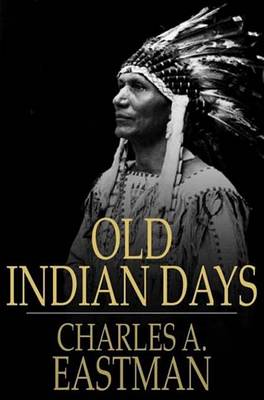The stories in Old Indian Days focus mainly on Sioux bands of the Upper Midwest in prereservation times, when contact with whites was minimal. Charles A. Eastman, a mixed-blood Sioux who earned renown as the author of nearly a dozen books, was on home ground in writing about the traditional life of his people, their customs, warm family relations, reverence for animals, and struggle for survival. Originally published in 1907, Old Indian Days alludes to historical figures like Little Crow and Tamahay and to an event that Eastman experienced as a small boy, the 1862 Sioux Uprising in Minnesota. The excitement of intertribal warfare and the warrior's lone exploits, as well as his more tender side in trying to fathom the mysteries of womanhood and the eternal are seen in "The Love of Antelope," "The Madness of Bald Eagle." "The Singing Spirit," and other stories. Women enter into these evocations of Indian life most memorably. In "The Peace-Maker" a Sioux woman takes a valiant stand against the consumption of whiskey. Other heroines, including Blue Sky and She-Who-Has-a-Soul, are instrumental in bringing peace between tribes and between races. "Winona, the Woman-Child" and "Winona, the Child-Woman" are among those stories revealing the everyday life of the Indian woman, her rearing and education and influence. In her introduction to this Bison Book edition, A. LaVonne Brown Ruoff, a professor of English at the University of Illinois at Chicago, examines the extent to which the stories are original creations and reinterpretations of existing oral accounts.
- ISBN10 1775414701
- ISBN13 9781775414704
- Publish Date 1 April 2009 (first published 1 February 1991)
- Publish Status Active
- Imprint Floating Press
- Format eBook
- Pages 252
- Language English
